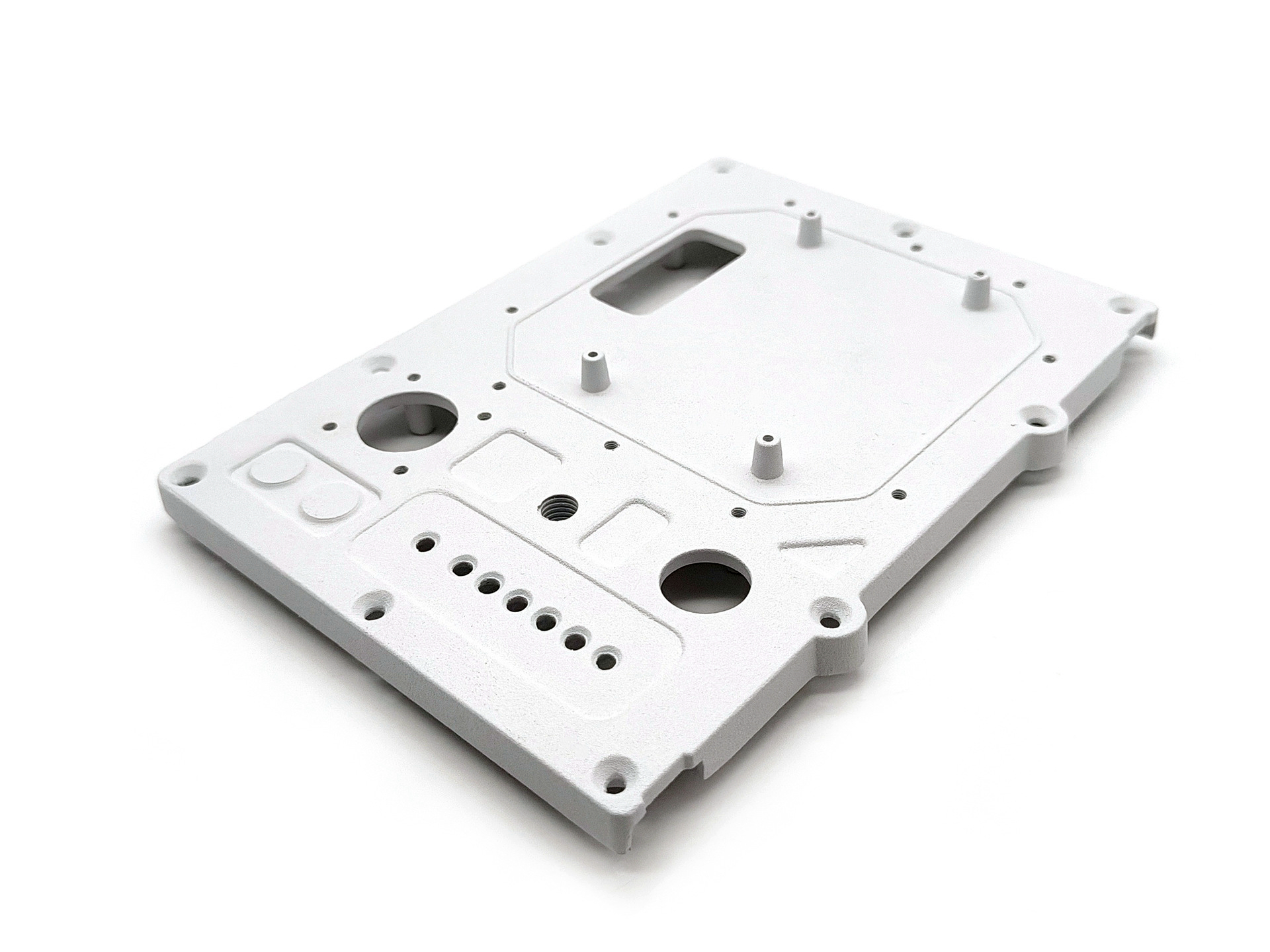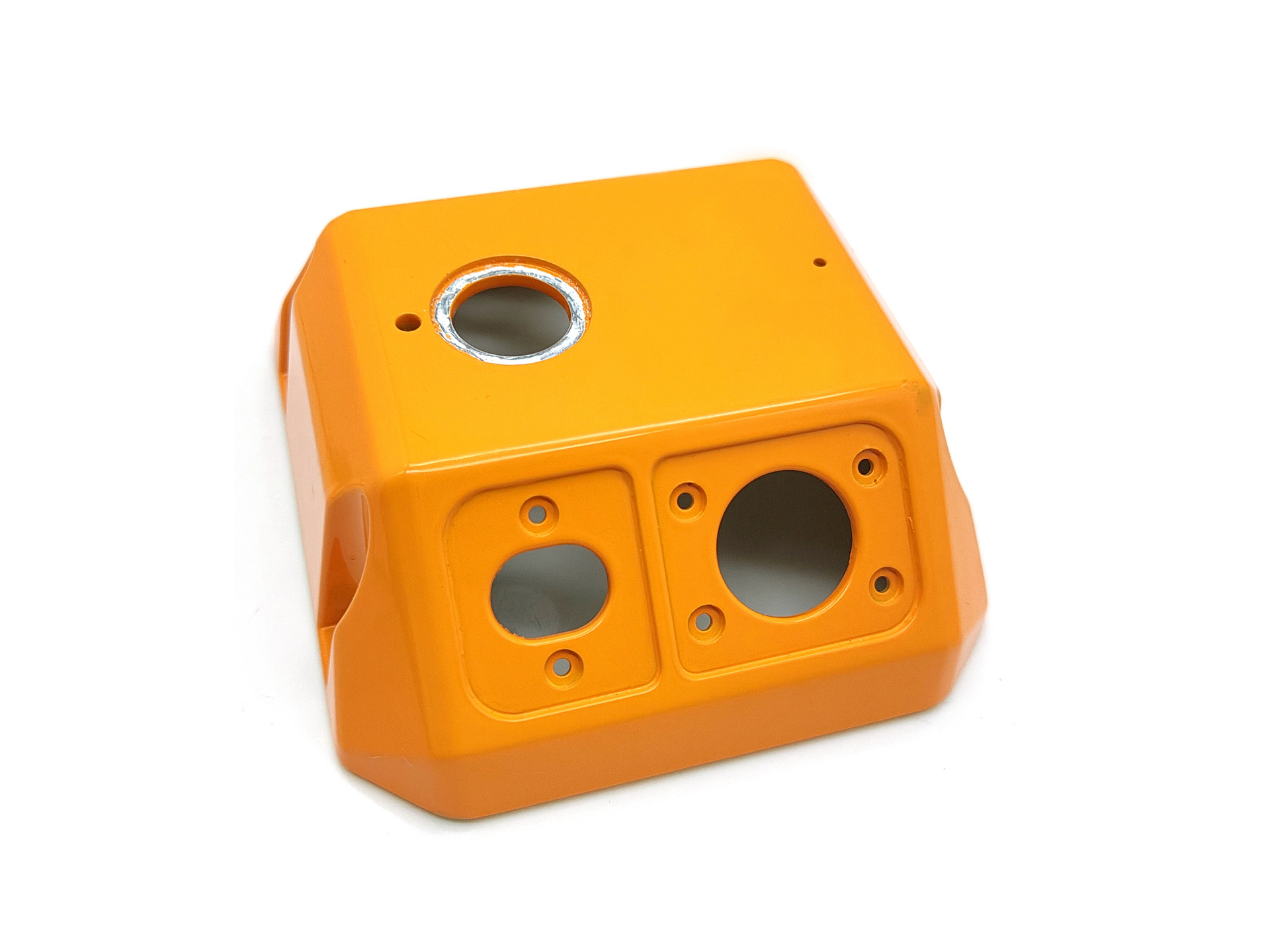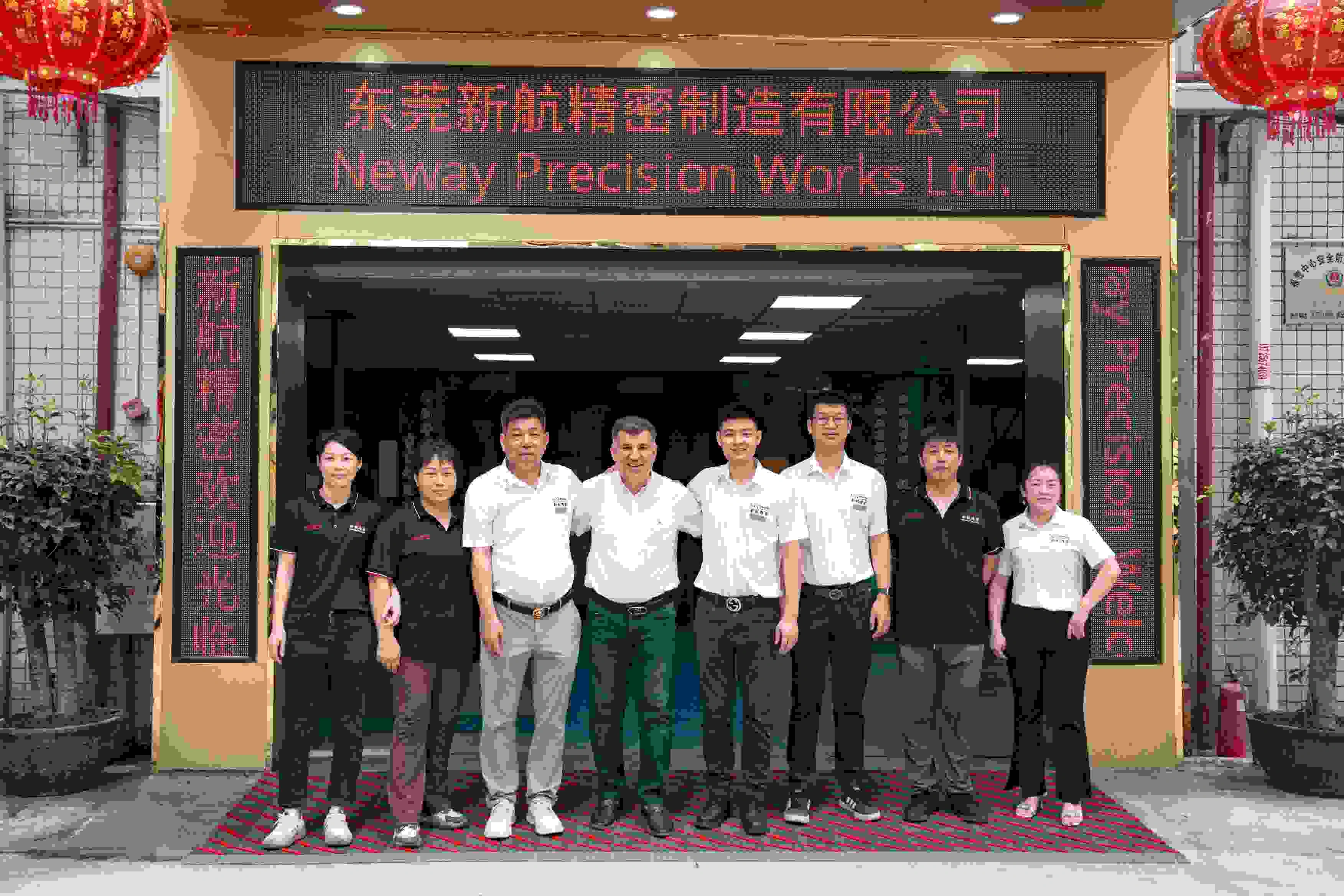How does die casting compare to CNC machining for medical devices?
How Does Die Casting Compare to CNC Machining for Medical Devices?
Overview: Die Casting vs CNC Machining in Medical Manufacturing
Medical device components require precision, repeatability, and compliance with regulatory standards. Both die casting and CNC machining are widely used, but they differ significantly in cost-efficiency, design flexibility, and production scalability.
At Neway, both die casting and CNC machining are offered as complementary solutions tailored to the lifecycle stage and functional needs of medical components.
Die Casting: Cost-Efficient for High Volume, Complex Shapes
Advantages:
Economical at scale: Once tooling is built, aluminum or zinc die casting offers low per-unit cost for large quantities.
Complex geometries in one step: Die casting allows for thin walls, internal ribs, and integrated features without secondary assembly.
Consistent surface finish: Suitable for aesthetic housings and ergonomic device shells, particularly with post-finishing like powder coating or anodizing.
Limitations:
Requires tooling lead time and upfront investment.
Lower dimensional flexibility for design changes after tooling is finalized.
Typical applications include enclosures for diagnostic devices, pump housings, instrument mounts, and non-load-bearing frame components.
CNC Machining: Precision and Flexibility for Low Volumes or Critical Tolerances
Advantages:
Superior precision: Tolerances of ±0.01 mm or better are achievable, critical for alignment features and mechanical interfaces.
No tooling required: Ideal for prototyping, validation, and low-volume runs.
Material diversity: Allows use of high-strength, biocompatible metals like stainless steel or titanium often not suited for casting.
Limitations:
Higher per-part cost, especially for complex shapes or high volumes.
More material waste due to subtractive nature.
Typical CNC machined components include surgical tools, fluid connectors, heat-dissipating structures, and high-precision sensor mounts.
Which Process Should You Choose?
Use die casting for large-scale production of lightweight, structurally sound parts with moderate tolerance requirements and integrated geometry.
Use CNC machining for prototypes, low-volume production, or features that require very tight dimensional control and critical flatness or hole position.
In practice, many medical assemblies use a hybrid approach, with die cast housings combined with CNC-machined inserts or interfaces to meet performance and cost targets.
Recommended Services for Medical Device Projects
To support different production stages, we offer:
Prototyping and Validation
Rapid Prototyping: Fast iteration of both cast and machined parts to confirm form and fit.
Production at Any Scale
Low Volume Manufacturing: Bridge tooling and hybrid workflows for initial market entry.
Mass Production: Optimized high-volume runs with cost-effective tooling amortization.
Integrated Quality Control
Die Casting Inspection: Measurement systems and documentation for FDA and ISO 13485 compliance.
Our one-stop manufacturing service ensures your device goes from concept to production efficiently, regardless of process.



